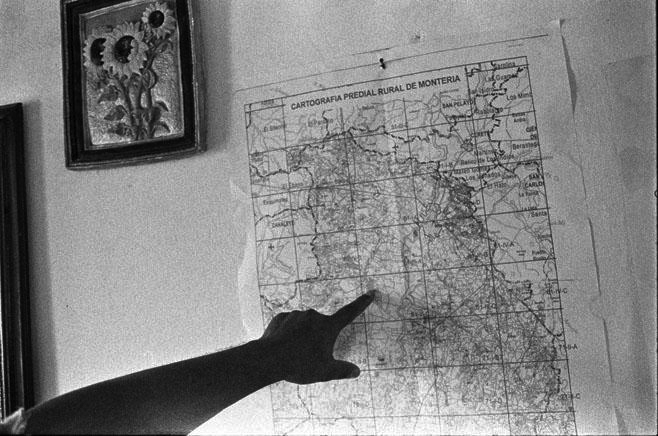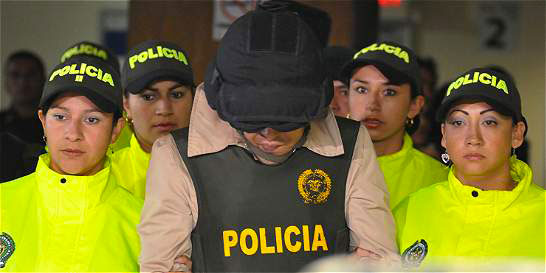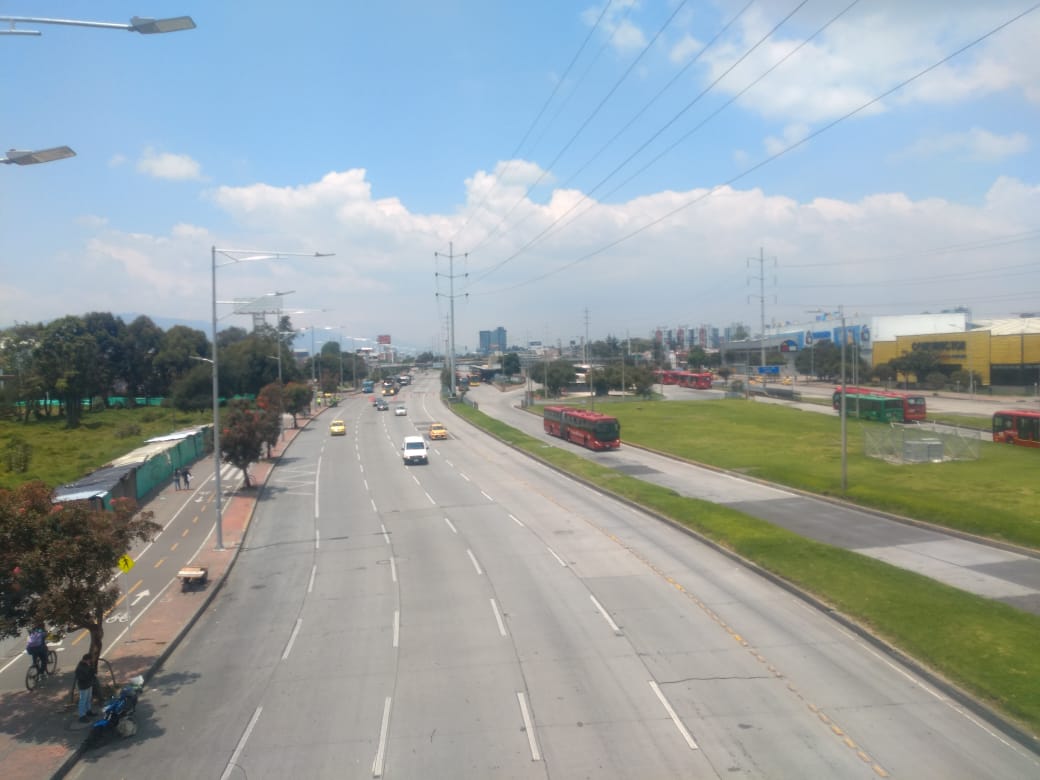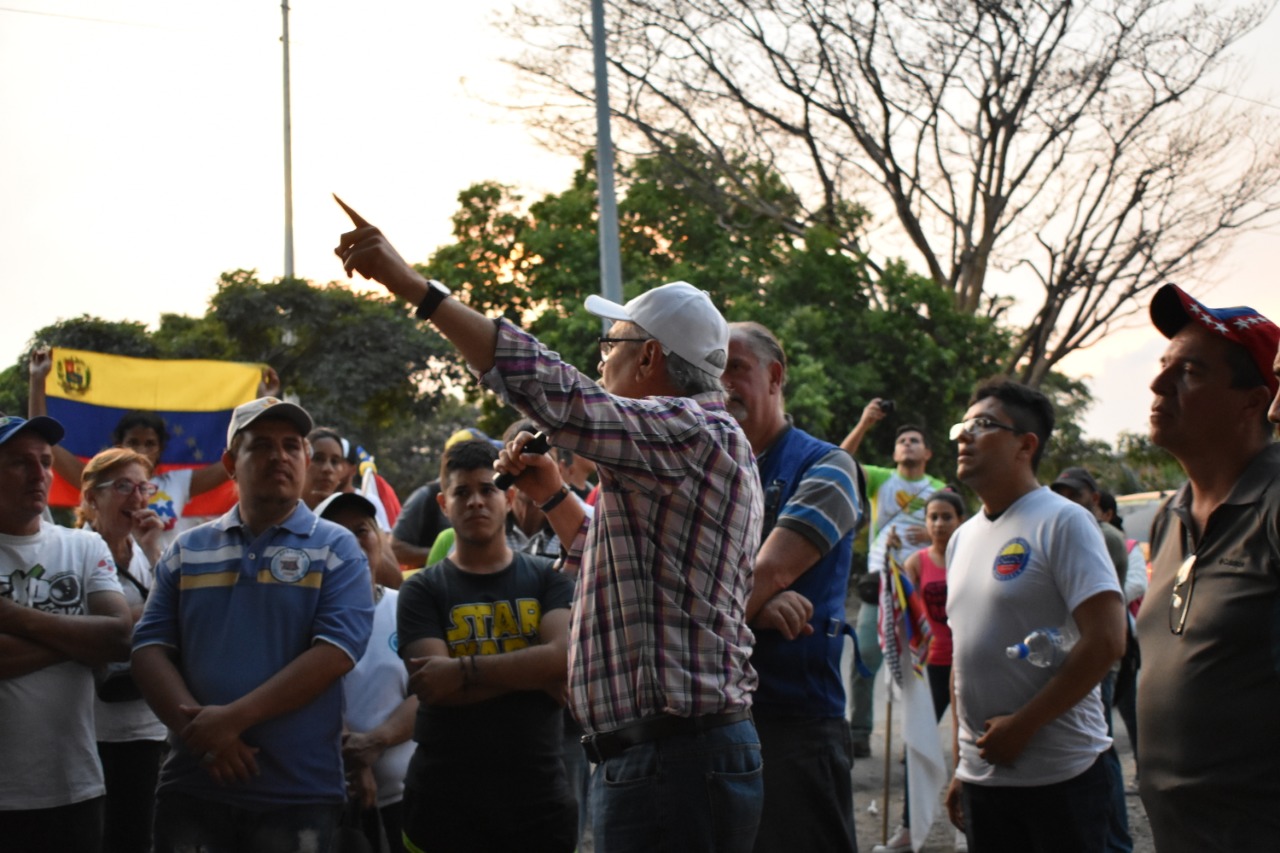
Mario Cuitiva, leader of internally displaced families reclaiming the Santa Paula farm, points to a land map of Córdoba department. Montería, July 2012. Photo: hrw.org
Mike Mackenna explains why Colombia’s Land Restitution Act, designed to return the displaced to their land and address one of the principal causes of the armed conflict, has made such little progress
Colombia holds the dubious international distinction of being one of the countries with the most internal refugees in the world. The exact ranking might change depending on which list you look at, but Colombia is somewhere in the top five, along with Sudan, Syria and Iraq.
At the end of last year, an Amnesty International report put the number of people who’ve been forcibly displaced at 6 million people, and said that at least 8 million hectares of land (14% of the country’s total territory) have been abandoned or forcibly expropriated as a result of the conflict.
President Juan Manuel Santos took an important step towards addressing this crisis when he passed the Land Restitution Act in 2011, promising to provide legal avenues to allow those displaced to return to their homes. The current pace of restitution will mean that everyone should be back on their land by about the year 2511, according to Senate president and Santos ally Armando Benedetti.
No, you didn’t misread that. A political heavyweight in Santos’s own party said that it will take 500 years to get everyone back on their land if restitution continues at its current speed. Benedetti’s estimate might even be generous: another organisation studying land restitution in Colombia has said it could take thousands of years if the current pace doesn’t pick up.
Why is it taking so long? Obviously there are inherent difficulties in the process. Simply given the sheer number of people involved, it will take time to restore them to their land. It would be impossible to erase the legacy of war, malignant neglect and brutal abuse of the countryside in two presidential terms, even for the most effective president. And while the Land Restitution Act is a huge step forward, the administration has a long way to go, which makes an overwhelmingly challenging process almost impossible.
The Amnesty report says, “A lack of political will and institutional capacity, including poor intra-institutional coordination, and a lack of state presence in the most vulnerable communities have been largely to blame.”
 A shameful legacy
A shameful legacy
El Espectador columnist Julio Cesar Londoño once praised Santos’s rural policy in the most insulting way possible: in the same article in which he called his administration “the most committed to land issues in Colombia’s history”, he said that all Santos has to show for that commitment is “a list of good intentions”.
Santos’s good intentions make him stand out in Colombian history due to past administrations’ utter refusal to address the problems in the countryside. In fact, the Santos administration’s recent census of rural Colombia was the first in the country’s history.
Former president and current senator Álvaro Uribe appears to have continued abusing the countryside even after he left office. Uribe has been accused by Jesús Alberto Franco, a priest who’s leading the inter-ecclesiastical commission of justice and peace, of being one of the principal obstacles to land restitution.
Uribe certainly wasn’t the first Colombian president to govern as if there were no displacement issues. A few of his predecessors overlooked the displacement crisis for more than a decade before the national government started to pay attention. CODHES, an organisation which studies displacement in Colombia, estimates that over 800,000 people were displaced from 1985-1995, but it wasn’t until 1997 that a national registry of displaced people was created.
This sort of neglect has led to a level of inequality that would make Mr Burns blush. The Gini Index, which measures inequality on a scale from zero (perfect equality) to one (perfect inequality), is at an astonishing 0.88 in rural Colombia. That is about 60% higher than some of the most unequal countries in the world. As you might imagine, land distribution is also extremely inequitable: 13% of landowners in the countryside own 77% of the territory. Despite these dire conditions, small Colombian farms still manage to produce about 70% of Colombia’s food.
Catch-22
Some of those who have tried to reclaim their land have been faced with a cruel paradox: according to the Land Restitution Act, they can only reclaim their land if the military deems it safe to return. A law specifically designed to help people who were displaced because of the armed conflict now tells them that it can’t help them because of, well, the armed conflict. In May last year, 500 claimants in Urabá got so tired of waiting that they issued a public statement with a number of demands, including that the military no longer retain veto power over restitution.
As Semana columnist Leon Valencia pointed out, the government would never make a commodities company wait for the military’s approval before beginning a drilling or excavation project. They would let them start, and send the military to protect them. Why not do the same with the land claimants?

Paola Lance sits on the vandalised structure of the house her family started to build in the Caño Manso community along the Curvaradó River basin in Chocó, March 2011. Unidentified men knocked down the structure, in an apparent act of intimidation. Photo: hrw.org
Left unprotected
The best advocates for restitution are often the displaced themselves. Many brave leaders have emerged from displaced communities to fight for land rights.
Amnesty highlights the challenges they face: “Many claimants, their representatives in human rights organisations and state officials involved in restitution have been threatened or killed by the warring parties, often as part of a process of advancing economic interests.”
Unfortunately, these leaders often don’t have the protection they need from those who want to silence them.
La Silla Vacía has reported that the government cut the 2014 security budget, claiming that such levels of expenditure can’t be justified. The land-rights advocates themselves don’t see it that way.
Carmen Palencia, land-rights advocate and winner of the National Peace Prize in 2012, explained some of the holes in her security scheme: “All week, we have to use a car borrowed from a friend, which does not have tinted windows”, she told La Silla Vacía. “Every time I go out, I receive pamphlets threatening me. The Protection Unit has copies of all these pamphlets, because I send each one to them”.
Another of Palencia’s colleagues, who preferred not to tell La Silla their name for security reasons, described the confusing bureaucracy they faced when changes were made to their security scheme. First, this community leader was told that they had been reclassified as a high security risk, and so their security scheme would be strengthened.
They later received an email stating that the budget for the two additional bodyguards they would need would only be available in their hometown. The bodyguards couldn’t come to Bogotá, where the leader worked one or two weeks a month. That meant that when La Silla called at 9.30pm, the person was travelling alone on the Transmilenio wearing a bulletproof vest for protection. These sorts of defects in security schemes help explain why 500 land claimants have been threatened, and 71 killed, according to NGO Human Rights Watch.
Dicho, hecho y trecho
There is an expression in Spanish that says, “Entre dicho y hecho, hay mucho trecho” (There is a lot of space between saying something and getting it done). President Santos has learned this lesson the hard way while trying to pull off several ambitious reforms. For Santos, the Land Restitution Act is the most important of those reforms; he claims that his presidency would be justified if his only accomplishment was the successful implementation of the act.
Let’s hope that he gives us more reason to believe that statement.





